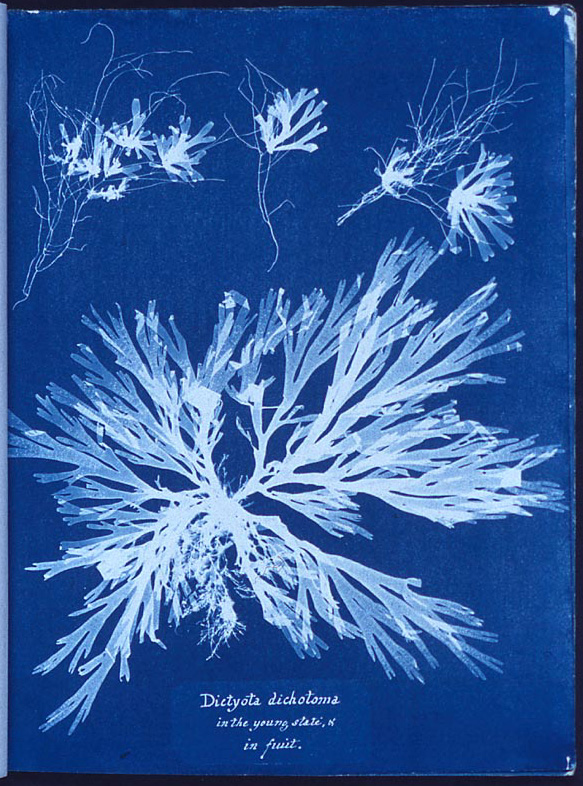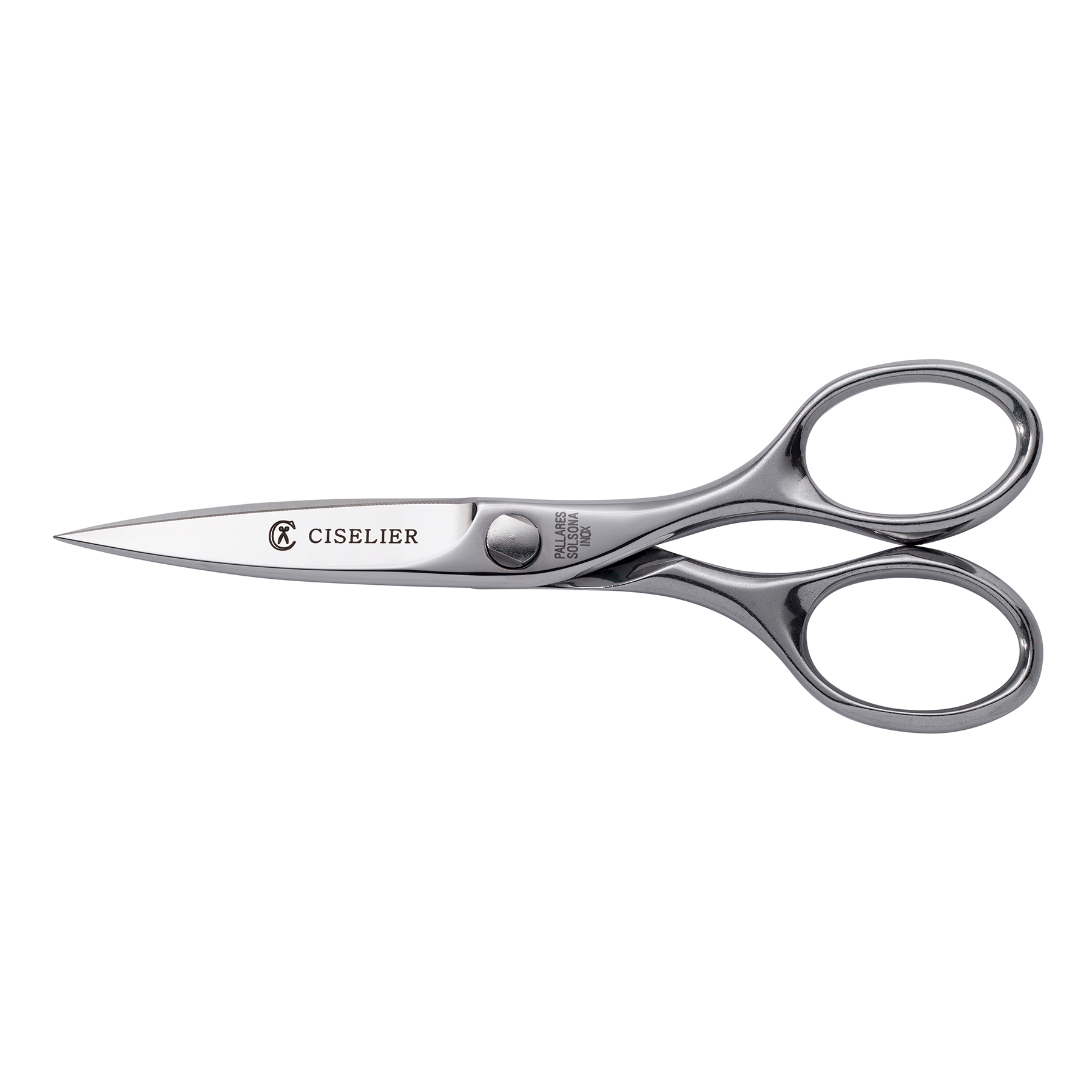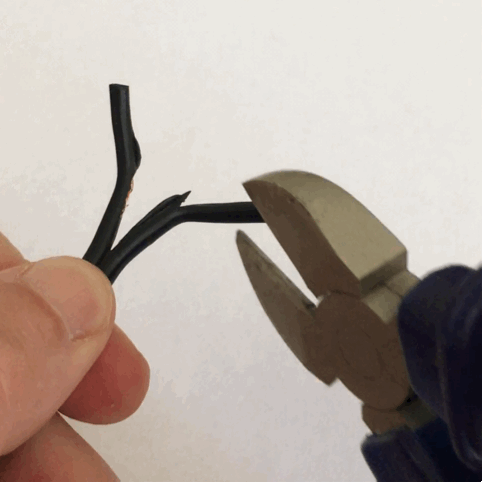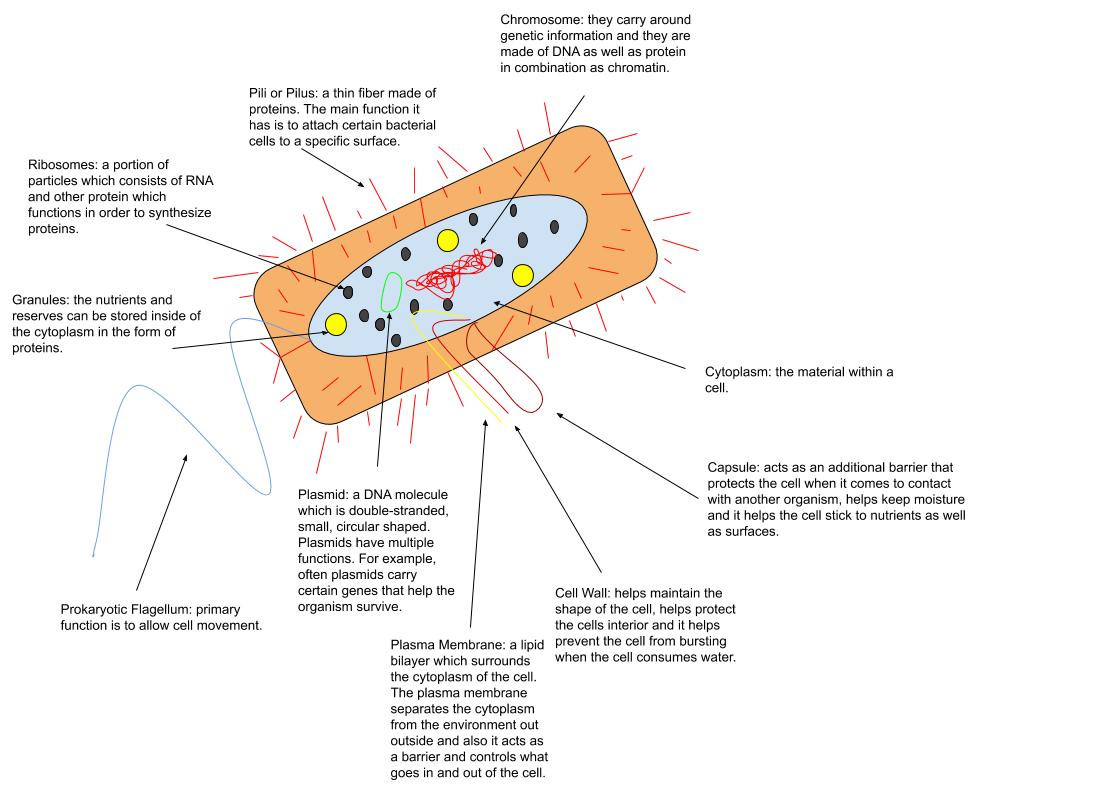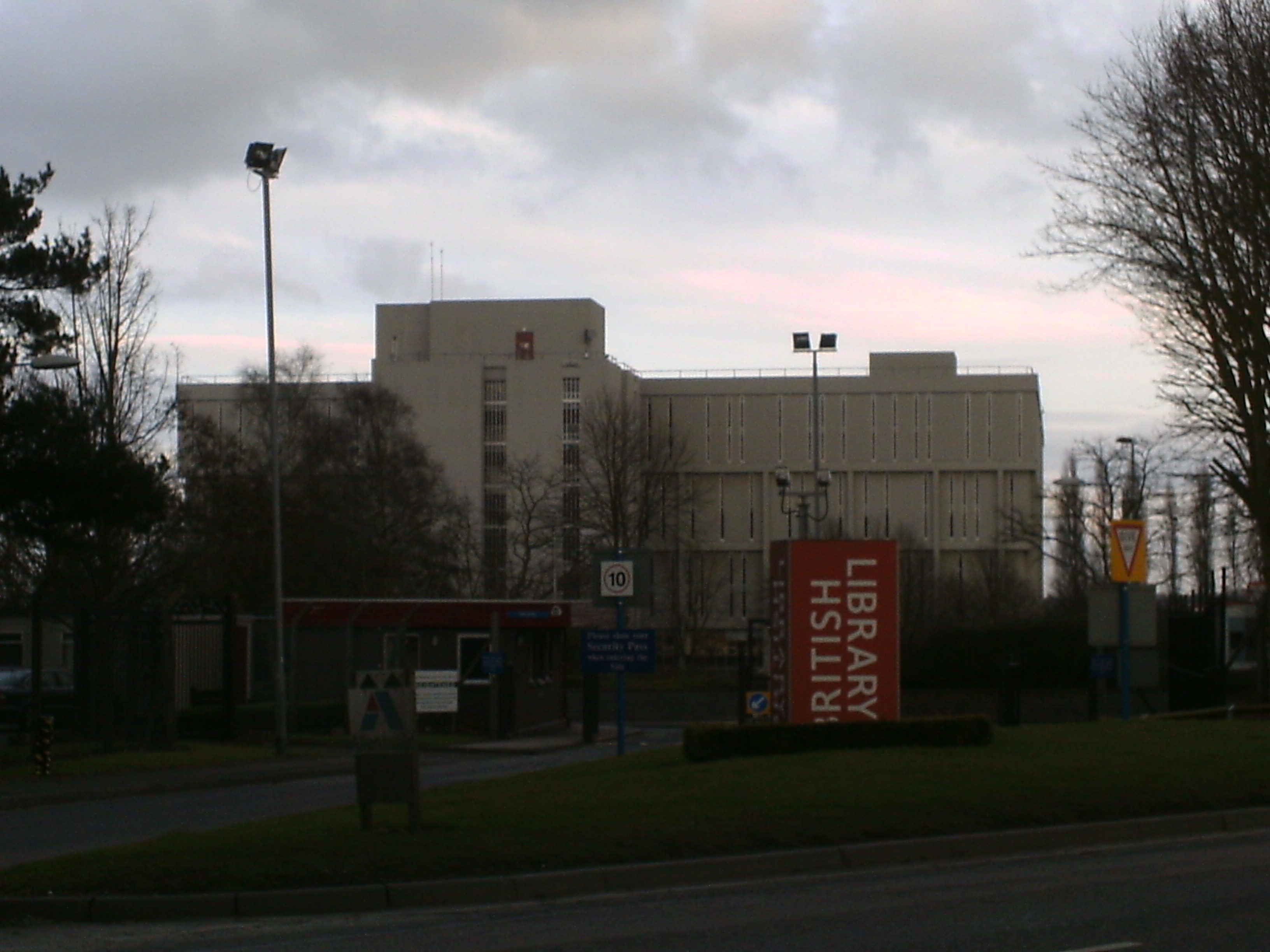|
Seaweed Collecting
Seaweed collecting is the process of collecting, drying, and pressing seaweed. It became popular as a pastime in the Victorian era and remains a hobby today. History of seaweed collecting Collecting seaweed can be traced back to at least the 17th century with the pressings found in Hans Sloane's Herbarium. The pastime became increasingly popular during the Victorian Era, where it played to the burgeoning interest in natural history and collection in general. It was especially fashionable with young women, as it allowed a greater level of personal freedom. Indeed, it was so in-style that, as a young girl, Queen Victoria created her own seaweed album. The materials needed for the hobby became readily available at seaside shops. These activities also afforded women the opportunity to display their understanding and appreciation of the natural world. Anna Atkins, thought to be the first female photographer, published the first book using photographs as illustrations. This was '' ... [...More Info...] [...Related Items...] OR: [Wikipedia] [Google] [Baidu] |
Anna Atkins
Anna Atkins (née Children; 16 March 1799 – 9 June 1871) was an English botanist and photographer. She is often considered the first person to publish a book illustrated with photographic images. Some sources say that she was the first woman to create a photograph. Early life Atkins was born in Tonbridge, Kent, England in 1799. Her mother, Hester Anne Children, "didn't recover from the effects of childbirth" and died in 1800. Anna was close to her father John George Children, a renowned chemist, mineralogist, and zoologist. Anna "received an unusually scientific education for a woman of her time." Her detailed engravings of shells were used to illustrate her father's translation of Lamarck's ''Genera of Shells''. In 1825, she married John Pelly Atkins, a London West India merchant, later sheriff, and proponent of railways; during this same year, she moved to Halstead Place, the Atkins family home in Halstead, near Sevenoaks, Kent. They had no children. Atkins pursued ... [...More Info...] [...Related Items...] OR: [Wikipedia] [Google] [Baidu] |
History Of Phycology
The history of phycology is the history of the scientific study of algae. Human interest in plants as food goes back into the origins of the species, and knowledge of algae can be traced back more than two thousand years. However, only in the last three hundred years has that knowledge evolved into a rapidly developing science. Early days The study of botany goes back into pre-history as plants were the food of people from the beginning of the human race. The first attempts at plant cultivation are believed to have been made shortly before 10,000 BC in Western Asia (Morton, 1981)Morton, A.G. 1981 ''History of Botanical Science.'' Academic Press Inc. (London) Ltd. and the first references to algae are to be found in early Chinese literature. Records as far back as 3000 BC indicate that algae were used by the emperor of China as food (Huisman, 2000 p. 13).Huisman, J.M. 2000. ''Marine Plants of Australia.'' University of Western Australia Press, Australia. The use of ''Porphy ... [...More Info...] [...Related Items...] OR: [Wikipedia] [Google] [Baidu] |
Boston
Boston (), officially the City of Boston, is the capital city, state capital and List of municipalities in Massachusetts, most populous city of the Commonwealth (U.S. state), Commonwealth of Massachusetts, as well as the cultural and financial center of the New England region of the United States. It is the 24th-List of United States cities by population, most populous city in the country. The city boundaries encompass an area of about and a population of 675,647 2020 U.S. Census, as of 2020. It is the seat of Suffolk County, Massachusetts, Suffolk County (although the county government was disbanded on July 1, 1999). The city is the economic and cultural anchor of a substantially larger metropolitan area known as Greater Boston, a metropolitan statistical area (MSA) home to a census-estimated 4.8 million people in 2016 and ranking as the tenth-largest MSA in the country. A broader combined statistical area (CSA), generally corresponding to the commuting area and includ ... [...More Info...] [...Related Items...] OR: [Wikipedia] [Google] [Baidu] |
Blotting Paper
Blotting paper, called bibulous paper, is a highly absorbent type of paper or other material. It is used to absorb an excess of liquid substances (such as ink or oil) from the surface of writing paper or objects. Blotting paper referred to as bibulous paper is mainly used in microscopy to remove excess liquids from the slide before viewing. Blotting paper has also been sold as a cosmetic to aid in the removal of skin oils and makeup. Manufacture Blotting paper is made from different materials of varying thickness, softness, etc. depending on the application. It is often made of cotton and manufactured on special paper machines. Blotting paper is reputed to be first referred to in the English language in the 15th century but there is a tradition in Norfolk, England that it was invented by accident at Lyng Mill on the River Wensum. It is reported that a Berkshire (England) paper mill worker failed to add sizing to a batch of paper that was being produced. The batch was discarde ... [...More Info...] [...Related Items...] OR: [Wikipedia] [Google] [Baidu] |
Botanist
Botany, also called plant science (or plant sciences), plant biology or phytology, is the science of plant life and a branch of biology. A botanist, plant scientist or phytologist is a scientist who specialises in this field. The term "botany" comes from the Ancient Greek word (') meaning " pasture", "herbs" " grass", or "fodder"; is in turn derived from (), "to feed" or "to graze". Traditionally, botany has also included the study of fungi and algae by mycologists and phycologists respectively, with the study of these three groups of organisms remaining within the sphere of interest of the International Botanical Congress. Nowadays, botanists (in the strict sense) study approximately 410,000 species of land plants of which some 391,000 species are vascular plants (including approximately 369,000 species of flowering plants), and approximately 20,000 are bryophytes. Botany originated in prehistory as herbalism with the efforts of early humans to identify – ... [...More Info...] [...Related Items...] OR: [Wikipedia] [Google] [Baidu] |
Scissors
Scissors are hand-operated shearing tools. A pair of scissors consists of a pair of metal blades pivoted so that the sharpened edges slide against each other when the handles (bows) opposite to the pivot are closed. Scissors are used for cutting various thin materials, such as paper, cardboard, metal foil, cloth, rope, and wire. A large variety of scissors and shears all exist for specialized purposes. Hair-cutting shears and kitchen shears are functionally equivalent to scissors, but the larger implements tend to be called shears. Hair-cutting shears have specific blade angles ideal for cutting hair. Using the incorrect type of scissors to cut hair will result in increased damage or split ends, or both, by breaking the hair. Kitchen shears, also known as kitchen scissors, are intended for cutting and trimming foods such as meats. Inexpensive, mass-produced modern scissors are often designed ergonomically with composite thermoplastic and rubber handles. Terminology The ... [...More Info...] [...Related Items...] OR: [Wikipedia] [Google] [Baidu] |
Pliers
Pliers are a hand tool used to hold objects firmly, possibly developed from tongs used to handle hot metal in Bronze Age Europe. They are also useful for bending and physically compressing a wide range of materials. Generally, pliers consist of a pair of metal first-class levers joined at a fulcrum positioned closer to one end of the levers, creating short ''jaws'' on one side of the fulcrum, and longer handles on the other side. This arrangement creates a mechanical advantage, allowing the force of the grip strength to be amplified and focused on an object with precision. The jaws can also be used to manipulate objects too small or unwieldy to be manipulated with the fingers. Diagonal pliers, also called side cutters, are a similarly-shaped tool used for cutting rather than holding, having a pair of stout blades, similar to scissors except that the cutting surfaces meet parallel to each other rather than overlapping. Ordinary (holding/squeezing) pliers may incorpora ... [...More Info...] [...Related Items...] OR: [Wikipedia] [Google] [Baidu] |
Genome
In the fields of molecular biology and genetics, a genome is all the genetic information of an organism. It consists of nucleotide sequences of DNA (or RNA in RNA viruses). The nuclear genome includes protein-coding genes and non-coding genes, other functional regions of the genome such as regulatory sequences (see non-coding DNA), and often a substantial fraction of 'junk' DNA with no evident function. Almost all eukaryotes have mitochondria and a small mitochondrial genome. Algae and plants also contain chloroplasts with a chloroplast genome. The study of the genome is called genomics. The genomes of many organisms have been sequenced and various regions have been annotated. The International Human Genome Project reported the sequence of the genome for ''Homo sapiens'' in 200The Human Genome Project although the initial "finished" sequence was missing 8% of the genome consisting mostly of repetitive sequences. With advancements in technology that could handle seq ... [...More Info...] [...Related Items...] OR: [Wikipedia] [Google] [Baidu] |
Morphology (biology)
Morphology is a branch of biology dealing with the study of the form and structure of organisms and their specific structural features. This includes aspects of the outward appearance ( shape, structure, colour, pattern, size), i.e. external morphology (or eidonomy), as well as the form and structure of the internal parts like bones and organs, i.e. internal morphology (or anatomy). This is in contrast to physiology, which deals primarily with function. Morphology is a branch of life science dealing with the study of gross structure of an organism or taxon and its component parts. History The etymology of the word "morphology" is from the Ancient Greek (), meaning "form", and (), meaning "word, study, research". While the concept of form in biology, opposed to function, dates back to Aristotle (see Aristotle's biology), the field of morphology was developed by Johann Wolfgang von Goethe (1790) and independently by the German anatomist and physiologist Karl Fr ... [...More Info...] [...Related Items...] OR: [Wikipedia] [Google] [Baidu] |
National Library Of Australia
The National Library of Australia (NLA), formerly the Commonwealth National Library and Commonwealth Parliament Library, is the largest reference library in Australia, responsible under the terms of the ''National Library Act 1960'' for "maintaining and developing a national collection of library material, including a comprehensive collection of library material relating to Australia and the Australians, Australian people", thus functioning as a national library. It is located in Parkes, Australian Capital Territory, Parkes, Canberra, Australian Capital Territory, ACT. Created in 1960 by the ''National Library Act'', by the end of June 2019 its collection contained 7,717,579 items, with its manuscript material occupying of shelf space. The NLA also hosts and manages the renowned Trove cultural heritage discovery service, which includes access to the Australian Web Archive and National edeposit (NED), a large collection of digitisation, digitised newspapers, official documents, ... [...More Info...] [...Related Items...] OR: [Wikipedia] [Google] [Baidu] |
The British Library
The British Library is the national library of the United Kingdom and is one of the largest libraries in the world. It is estimated to contain between 170 and 200 million items from many countries. As a legal deposit library, the British Library receives copies of all books produced in the United Kingdom and Ireland, including a significant proportion of overseas titles distributed in the UK. The Library is a non-departmental public body sponsored by the Department for Digital, Culture, Media and Sport. The British Library is a major research library, with items in many languages and in many formats, both print and digital: books, manuscripts, journals, newspapers, magazines, sound and music recordings, videos, play-scripts, patents, databases, maps, stamps, prints, drawings. The Library's collections include around 14 million books, along with substantial holdings of manuscripts and items dating as far back as 2000 BC. The library maintains a programme for content acquis ... [...More Info...] [...Related Items...] OR: [Wikipedia] [Google] [Baidu] |

